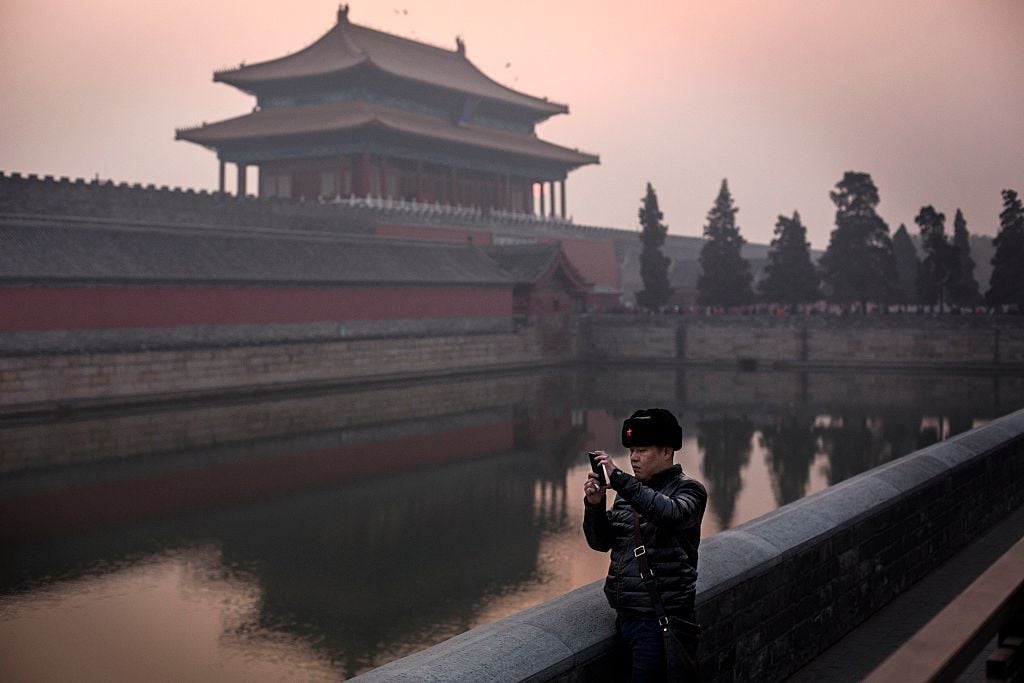
It will mark the first time a foreign nation has brought its contemporary art to the Forbidden City—and that’s just one small part of “Deutschland 8: German Art in China,” a vast initiative set to open in late September at no less than eight museums across Beijing with a mission of cultural exchange.
“Art brings people together that would not be together without it,” Walter Smerling, the co-curator of the massive show, told artnet News by phone. “I’m convinced that artists are better [at connecting people] than the politicians or the economy. Art is internationally understandable, whereas language has to be translated.”
Organized by the Bonn-based Foundation for Art and Culture and the Peking Central Academy of Fine Arts (CAFA), the show of 320 works by 55 artists aims to tell the story of German contemporary art from the 1950s to the present day for a Chinese audience. It includes big names like Georg Baselitz, Katharina Grosse, Gerhard Richter, and Hito Steyerl.
The ambitious endeavor comes on the heels of another two years ago in Germany, dubbed “China 8,” which brought works by some 155 Chinese artists to the Ruhr region.
Smerling explained that the success of “China 8” led to the idea of organizing a show of German art in China as its counterpart. The Ruhr show, he said, “resulted in an invitation from the Chinese ambassador and CAFA president Di’an Fan to stage a German exhibition in Beijing. So we sat down together and decided I would do ‘Deutschland 8.’”
Di’an Fan [left] and Walter Smerling. Image courtesy Stiftung für Kunst und Kultur.
The show is not intended to be an encyclopedic exhibition of German art, Smerling stressed, but rather “an art expedition into a foreign country” for its Chinese audience.
The section of “Deutschland 8” located at the Imperial Ancestral Temple Art Museum in the Forbidden City is titled “Traces of Memory: Masterworks of Contemporary German Painting,” and marks a particular coup. “It’s a wonderful sign of trust,” the curator said.
Exterior of the Red Brick Art Museum. Image courtesy CAFA.
Other venues include the Minsheng Art Museum (photography), the Today Art Museum (multimedia art), the Whitebox Art Center (emerging and mid-career artists), and the Yuan Art Museum (painting).
Although it is a private initiative, the exhibition has been praised by German president Frank-Walter Steinmeier, his predecessor Joachim Gauck, and foreign minister Sigmar Gabriel as an “excellent example of understanding and intercultural dialogue.”